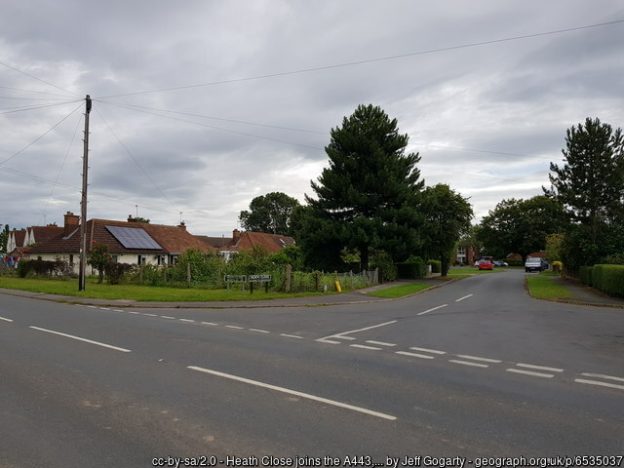Warning: this post contains references to violent crime and sexual violence.
Something I came across today in an indictment file seems worthy of a note, though the topic is difficult in all sorts of ways. Still, I think it is important to set it out and contextualise it,
The entry comes from a Worcestershire session of the peace from Michaelmas term, 1476. The jury said on oath that Roger Bailly of Hallow, Worcs, chaplain, on Tuesday 27th July, 1473, with force and arms, i.e. with clubs, knives and lances (though not really/necessarily – these were conventional allegations) broke and entered the close of John Chirche at Hallow, and assaulted John’s wife, Joan, knocking her down. Joan was, at that time, heavily pregnant (grossam impregnatam). Roger wanted to have sex with her (the adverb used here is illicite, but rape, in the modern sense, seems the implication). The attempt does not seem to have succeeded (this is not spelled out) but the injuries caused in the attack had the effect of killing the foetus.
The words which are used to describe the foetus, and the offence, are very interesting. It is foetus ipsius Johanne in ventre sua existent’ [Joan’s foetus, existing in her womb] and the offence was that Roger had totaliter suffocavit, destruit & murdravit [completely stifled/suffocated, destroyed and murdered] the foetus, ‘against the peace of the lord king etc.’
This wording is intriguing in what seems to be its viewing of the foetus as, at one and the same time, a separate entity and also part of Joan. Thus, for example, we have the word ‘murdravit’, which suggests separate concern for the foetus, but it is also designated Joan’s foetus, and its location in her womb is emphasised. This suggests to me a more nuanced and sophisticated understanding of the nature of the foetus-within-the-woman than we might have imagined floating about in the minds of medieval jurors. The consensus view, that, while there was one well-known statement equating pre-birth and post-birth killing, the common law had, by the mid-fourteenth century, settled on birth as the start of the application of felonious homicide, remains intact.[i] This entry may be taken to suggest that lay views on questions of pregnancy and foetal life were not identical with the legal position under the law of homicide. Might that say interesting things about what people thought was the appropriate area of operation of the law, and what was beyond its legitimate involvement?
The document absolutely does not amount to an endorsement of the idea that ending the life of a foetus was equivalent to felonious homicide on a person after birth – so is not something to be deployed in modern drives to restrict legal abortion – this is not equivalent to a ‘normal’ medieval murder/homicide charge, and it does not set the interests of foetus and woman against each other, as is often the case in modern analysis. As I have seen in medieval legal materials concerning other complexes of personality, such as husband and wife or corporations, ‘the medieval mind’ took a different, and perhaps more flexible, approach to accommodating ‘joint and several’ personality than some modern minds are able to accomplish. Perhaps it was all of that thinking about (what I find to be) the hugely difficult concept of the Trinity that limbered them up.
GS
2/6/2022
[i] On this, see Sara Butler’s recent post, and works cited there.
Image – I know, but very hard to find an appropriate image for something like this.
